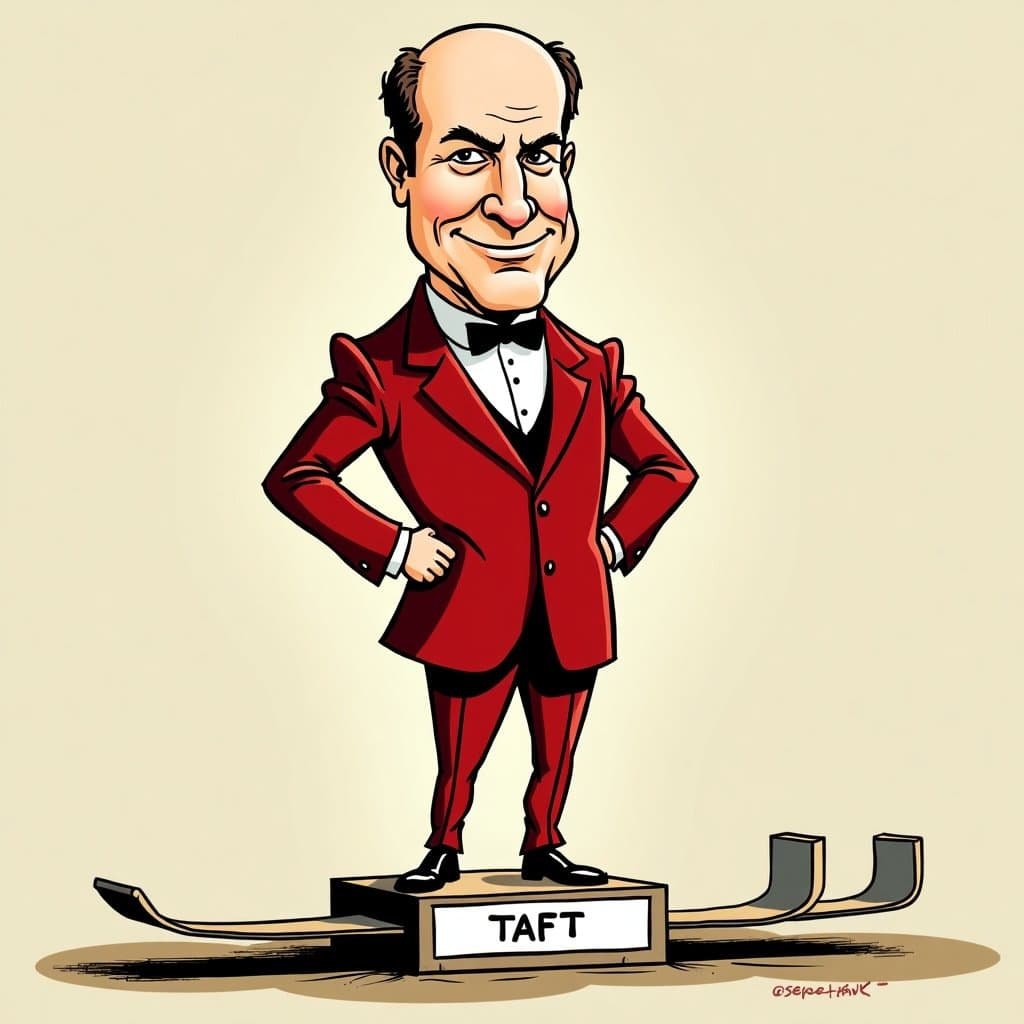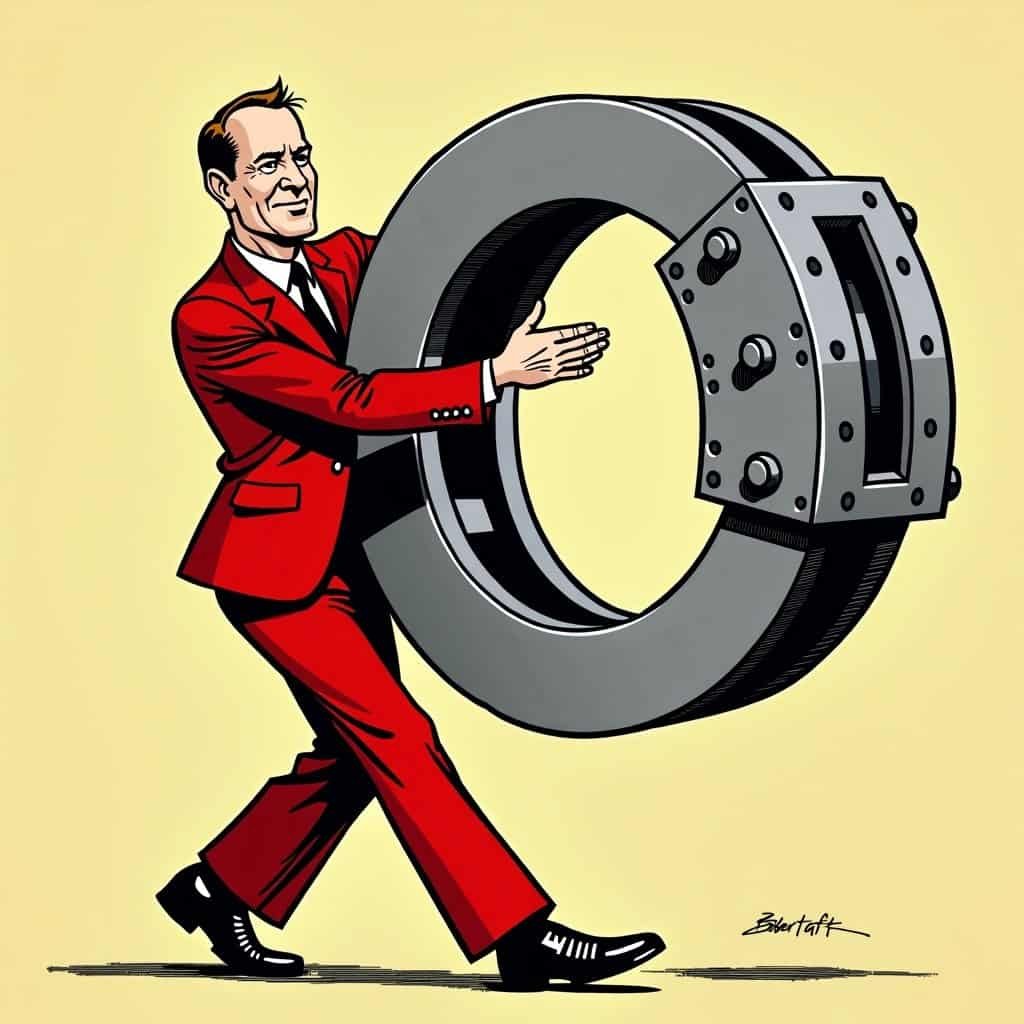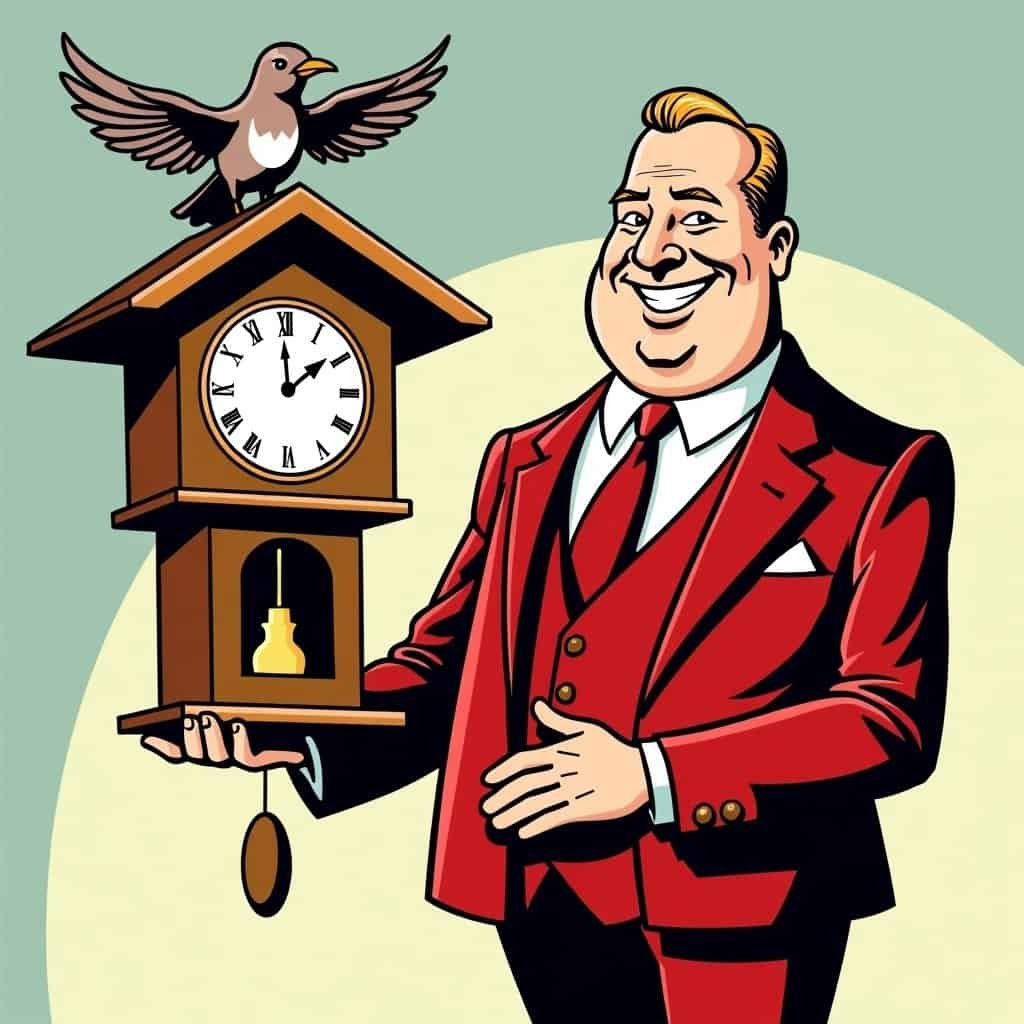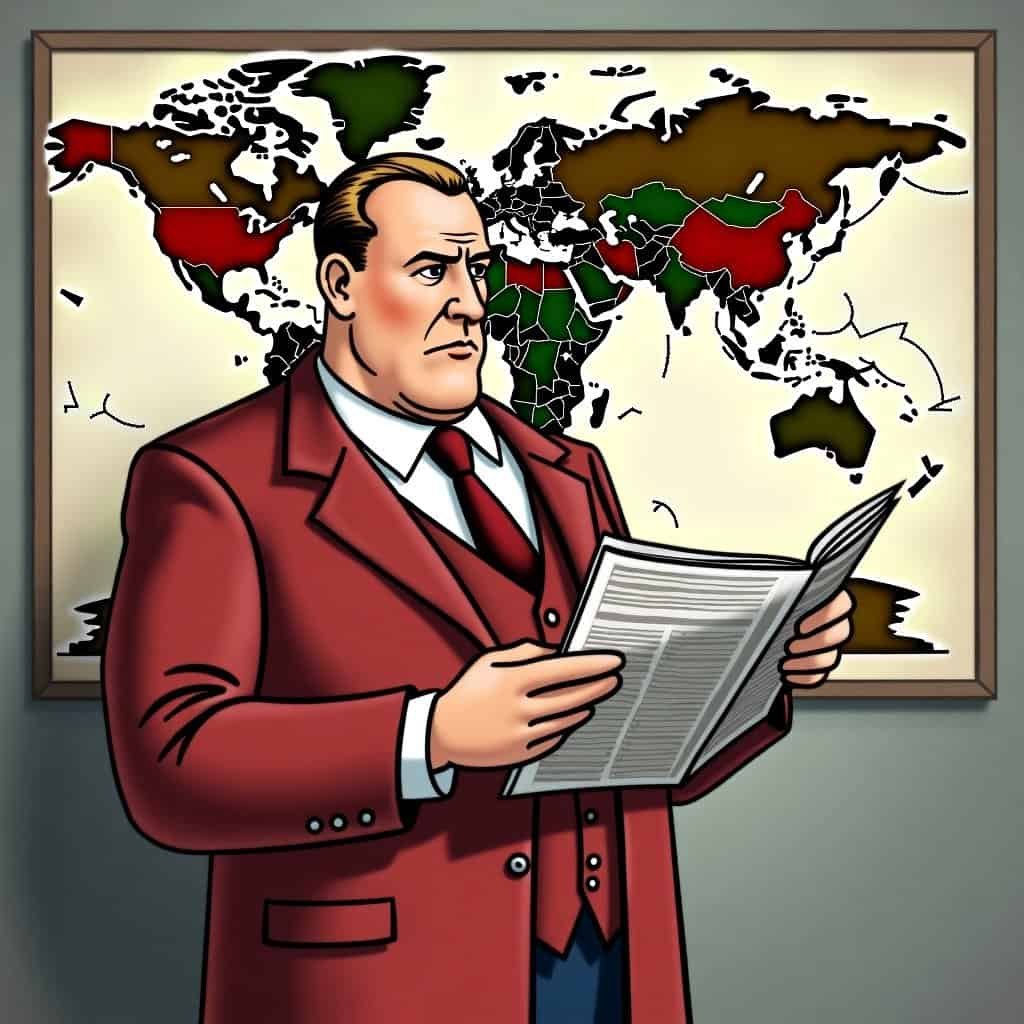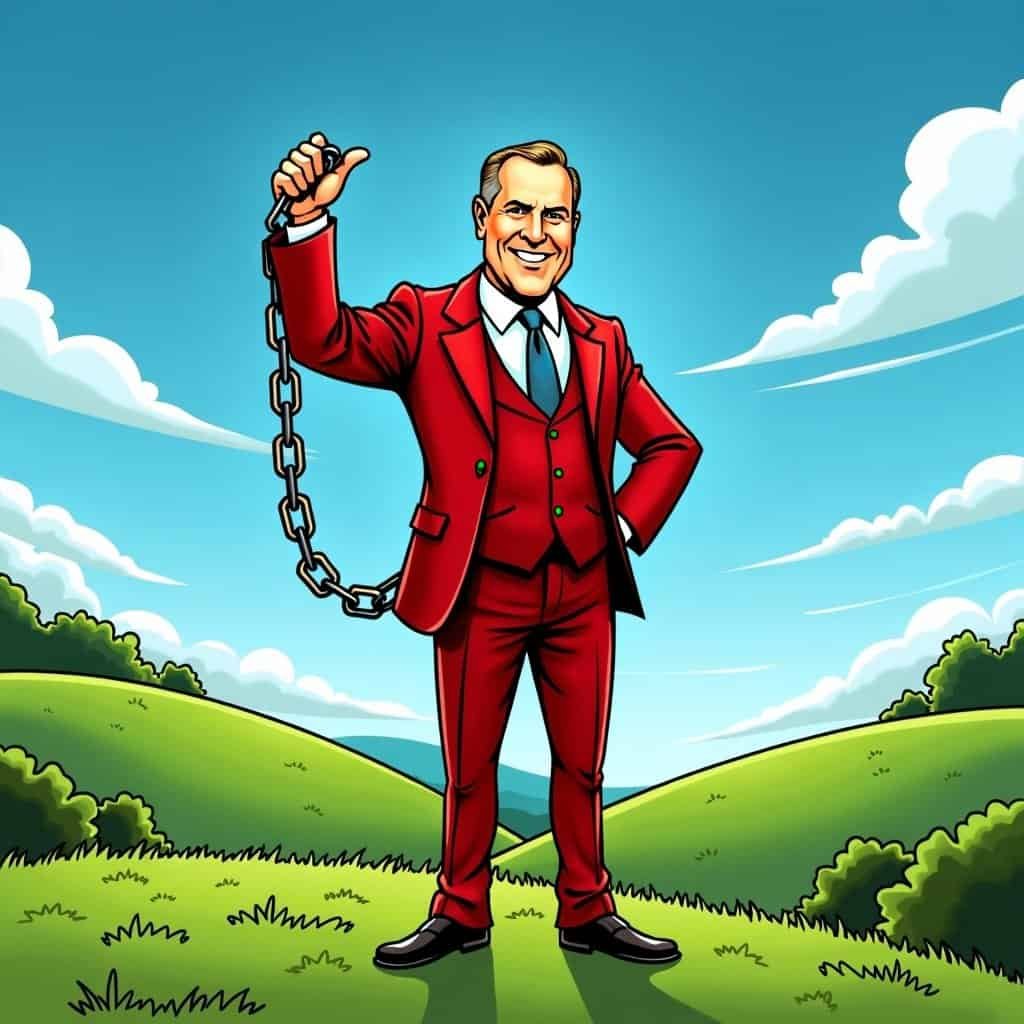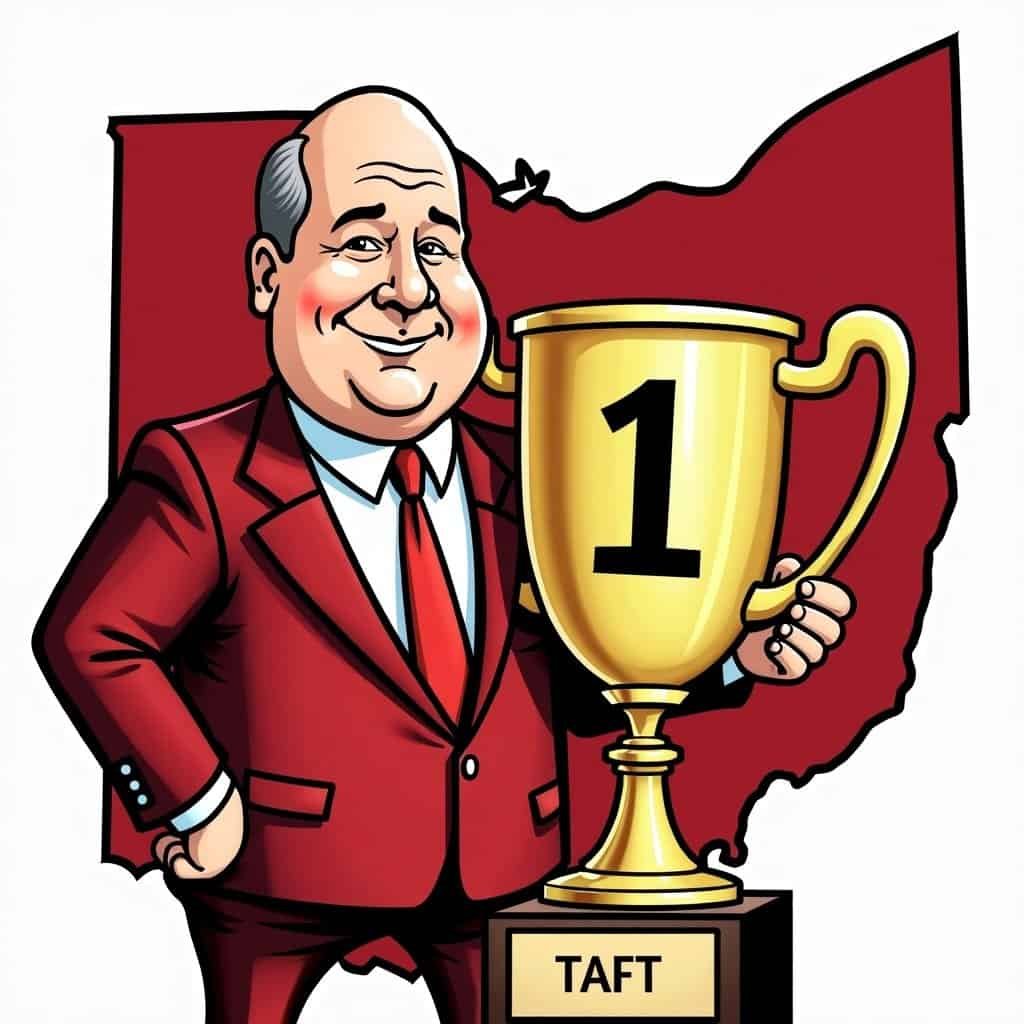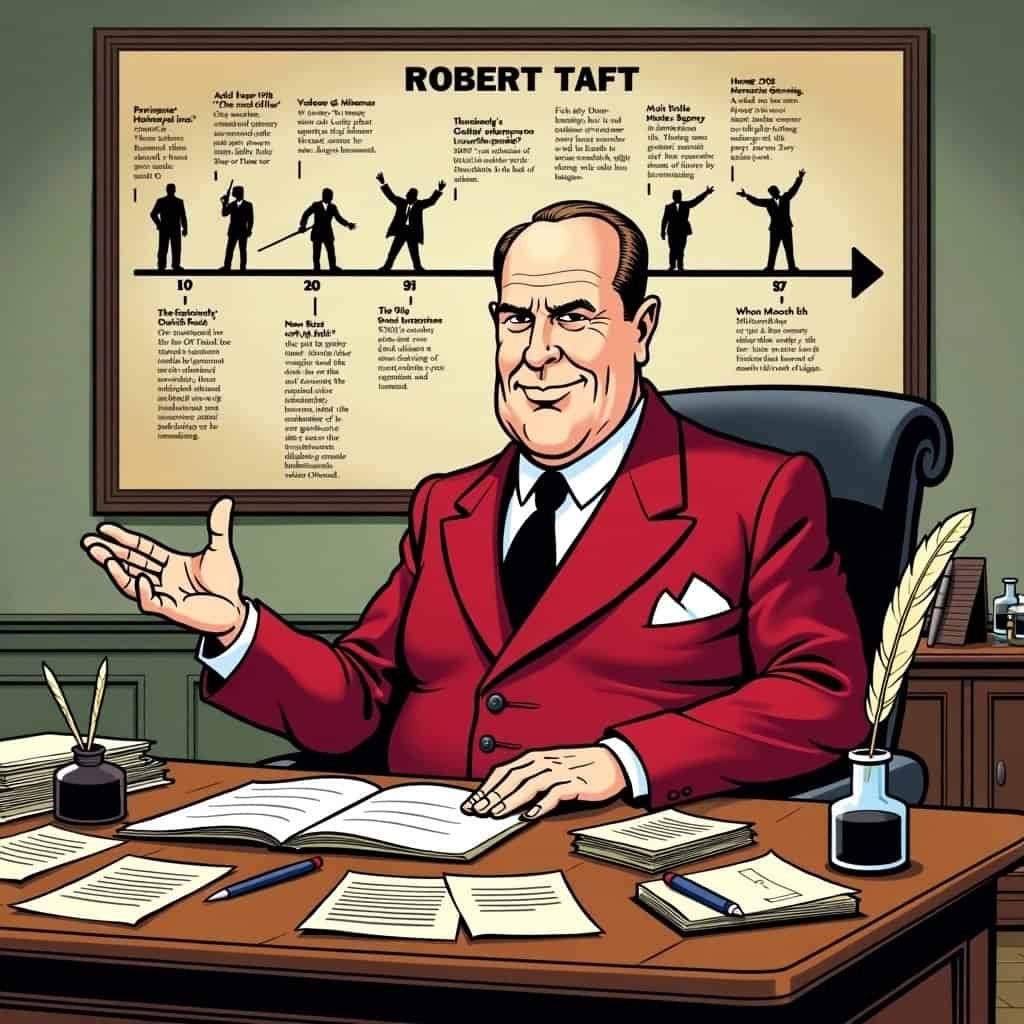Ah, Robert Taft—a name that echoes through the halls of American conservatism with a steady, unyielding voice. Known as “Mr. Republican,” this man wasn’t just any politician shaking hands and kissing babies; he was the embodiment of the conservative economic principle that markets should be free, like a bald eagle soaring through the skies unshackled by bureaucracy!
Picture Taft standing firm against price controls. Some might call it his signature move or perhaps his crowning achievement. Either way, Taft didn’t back down when it came to opposing federal meddling in the market. You see, according to our dear Robert, price controls were like putting a muzzle on economic freedom and giving the government too much room to boogie on the dance floor of liberty.
Taft’s Economic Philosophy
It’s as if Taft was always saying—when you let the government set prices, it’s less of an elegant waltz and more of a clumsy hokey-pokey, stepping on the toes of progress at every turn. And who wants a government doing the hokey-pokey with our dollars, am I right? Any capitalist worth their stock options knows that free markets were under God’s special endorsement for ensuring we do more than just ‘put the right foot in,’ we generate wealth while we’re at it.
“The road to prosperity isn’t paved with bureaucratic stickers on products telling us what’s worth what.” – Robert Taft (probably)
Price Controls vs. Free Market
| Price Controls | Free Market |
|---|---|
| Government-set prices | Market-driven prices |
| Limited flexibility | Dynamic adjustments |
| Potential shortages | Supply meets demand |
| Reduced innovation | Encourages innovation |
On the flip side, progressive policies might have you believe that price controls ensure fairness and a level playing field (bless their hearts). But as any good conservative knows, true prosperity comes from the delicate dance of supply and demand, orchestrated beautifully by the invisible hand.
Taft’s Vision for Economic Freedom
Taft’s stance wasn’t just about resisting price controls; it was about encouraging an environment where innovation thrives and entrepreneurs can explore ideas without excessive regulations. Imagine Alan Greenspan throwing around phrases like “free market” and “individual initiative”—it’s the stuff of conservative fantasies!
What Taft really promoted were policies that built strength through economic freedom. Given the chance, he would’ve rolled out a grand carpet showing how low taxes and fewer regulations, when played by the right rules, tackle economic challenges like a victorious General leading troops made of solid GDP points.
Taft’s Lasting Impact
In a galaxy far, far away (or perhaps a not-too-distant future), there might be a system where government knows best about the price of a Twinkie or a house. Until then, we tip our hats to the likes of Robert Taft, a statesman who wanted to make sure Uncle Sam paid attention to the ledger of fiscal liberty—because he knew the only thing better than holding one’s ground is doing so with a quip and a bit of grace.
So, next time you’re debating the merits of government intervention over turkey at Thanksgiving, raise a toast to Robert Taft. Because in his catalogue of conservative values, the price of freedom was never capped.
Table of Contents
- Taft’s Economic Philosophy
- Price Controls vs. Free Market
- Taft’s Vision for Economic Freedom
- Taft’s Lasting Impact
